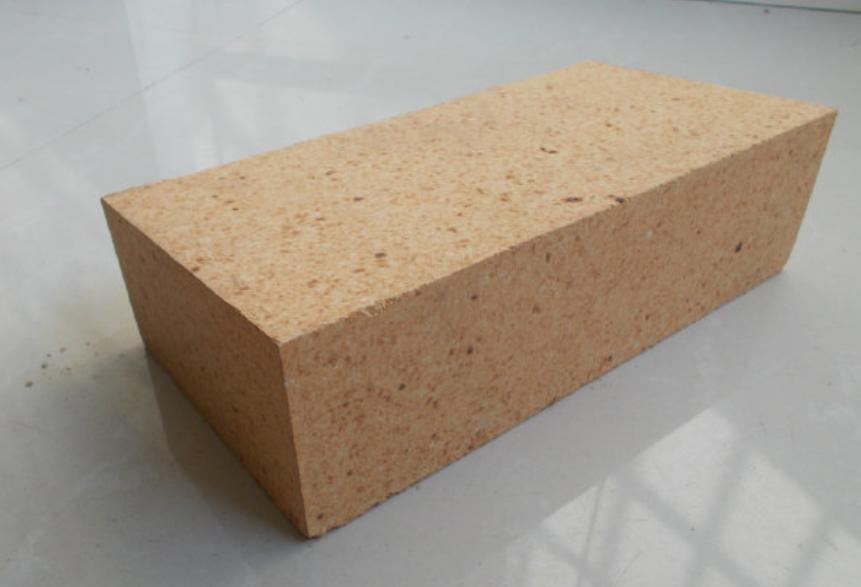Refractory bricks are shaped products of refractory materials. The main component is composed of chemical minerals. The following classification methods can directly characterize the basic composition and characteristics of various refractory materials. They are common classification methods in production, use and scientific research. Strong practical application significance.
(1) Siliceous composition
Materials containing more than 90% SiO2 are usually called silicon refractory materials, mainly including silicon bricks and fused silica products. Silica bricks are produced using silica as the main raw material, and their SiO2 content is generally not less than 93%. The main mineral composition is scaly quartz and cristobalite.
(2) Aluminum silicate
Aluminum silicate refractory is composed of Al2O3 and SiO2 and a small amount of impurities. According to its different Al2O3 content, it can be divided into: 1. Semi-silica refractory (including A1203 15-30%) 2. Clay refractory (including Al2O3 30-48%) 3.High alumina refractory (including A1203> 48%)
(3) Magnesium refractory
Magnesium refractories refer to alkaline refractory materials with magnesite as the main raw material, periclase as the main crystalline phase and MgO content greater than 80%. Magnesium products: Mg0 content ≥87%, the main mineral is periclase; Magnesium-aluminum products: containing MgO> 75%, AI203 content is generally 7-8%, the main minerals become periclase and magnesite spinel (MgAl204); Magnesium chromium products: Mg0> 60%, Cr203 content is generally below 20%, the main mineral components are periclase and chromium spinel ;.
Forsterite and magnesia products: Main component: MgO, the second chemical component is siO2. Forsterite bricks contain more SiO2 than magnesia bricks. The main mineral component of the former is forsterite, followed by periclase; the main mineral of the latter is periclase, followed by forsterite;
Magnesia-calcium products: This magnesium material contains a certain amount of Ca0, and the main mineral component contains a certain amount of dicalcium silicate (2CaO? SiO2) in addition to periclase.
(4) Dolomite
Alkaline refractory produced with natural dolomite as the main raw material is called dolomite refractory. The main chemical composition is: 30-42% of Mg0 and 40-60% of CaO, and the sum of the two should generally be greater than 90%. Its main mineral components are periclase and calcite (calcium oxide).
(5) Carbon composite products
Carbon composite refractories refer to refractories produced by combining different forms of carbon materials with corresponding refractory oxides.
(6) Zirconium-containing refractories
Zirconium-containing refractory materials refer to refractory materials produced using zirconium-containing materials such as zirconia (ZrO2) and zircon. Zircon-containing refractory products usually include zircon products, zircon mullite products, zircon corundum products, and the like.